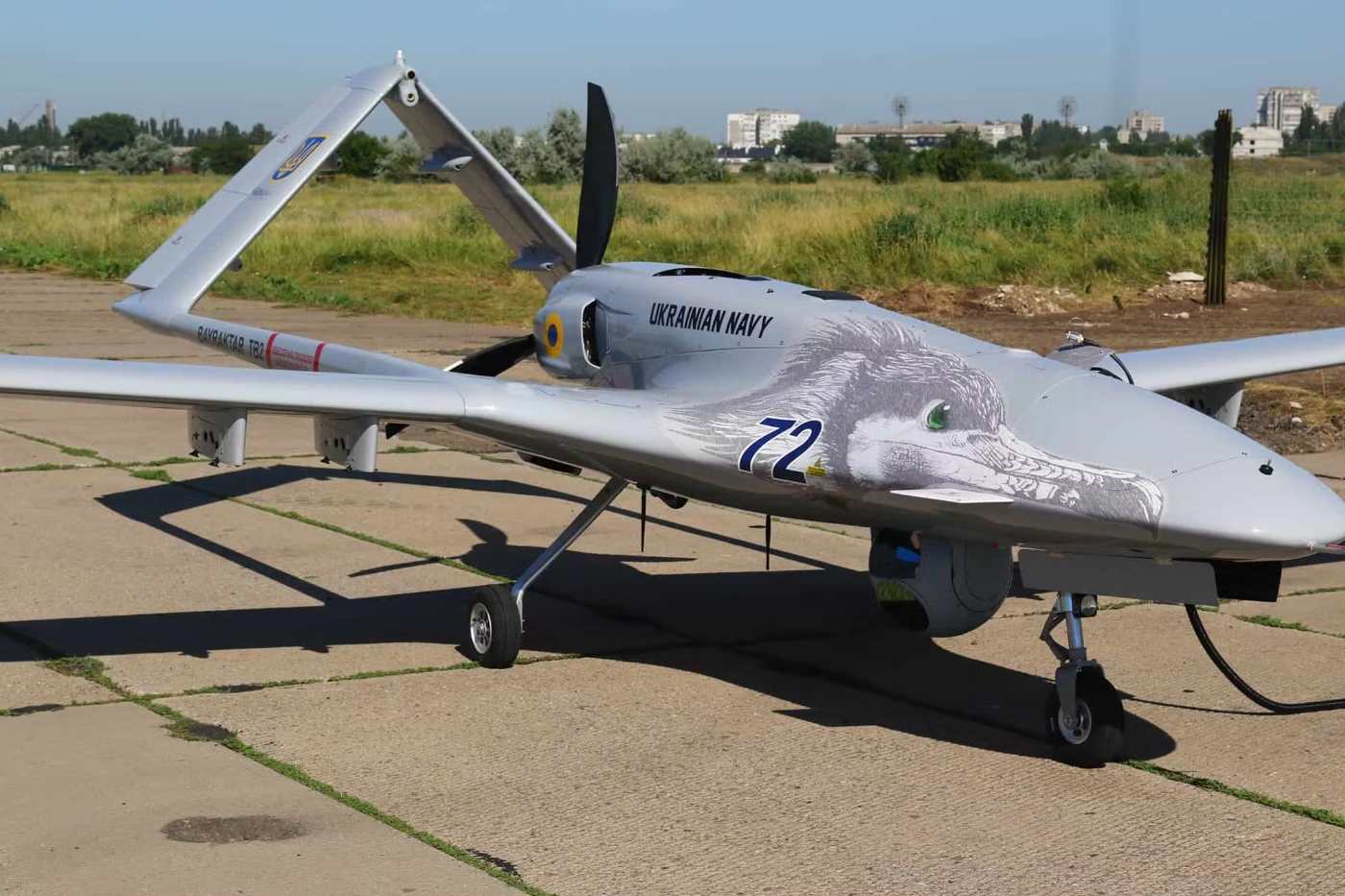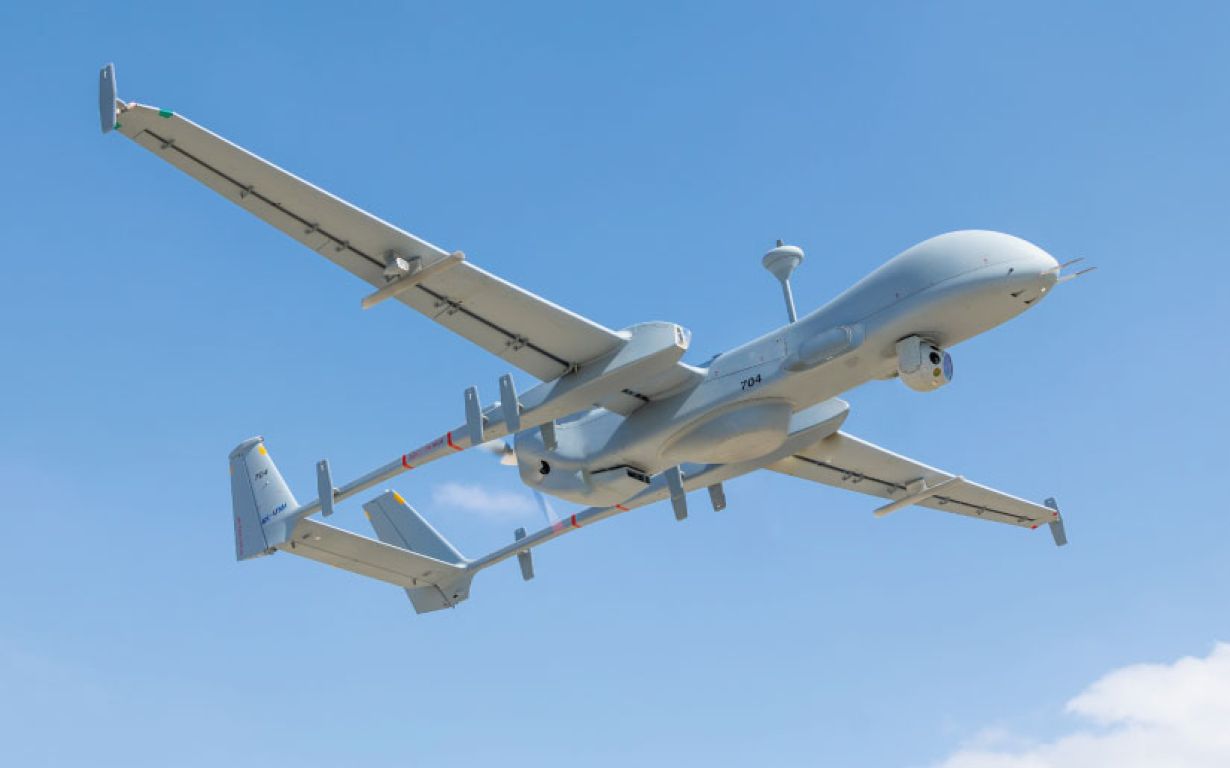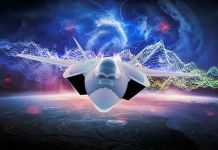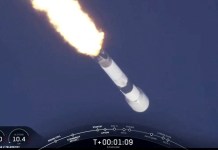To combat the burgeoning security threats in the Indo-Pacific, Japan is reportedly deciding between the Turkish Bayraktar TB2 and the Israeli Heron-2 drone.
All the global conflicts fought in recent years, including the grinding Ukraine War and the latest Indo-Pakistan conflict, have demonstrated that modern combat is pivoting towards drone-centric warfare.
The Ukraine war, for one, changed the rules of warfare and galvanized countries into exploring asymmetric combat platforms, primarily drones.
Prominent drone manufacturing countries—Turkey and Israel—have come into the limelight for their cutting-edge unmanned aerial vehicles (UAVs). This has, in a way, put them against one another.
For instance, India purchased the Israeli Heron-2, whereas its adversary across the border, Pakistan, bought the TB2 from Ankara. Both India and Pakistan reportedly deployed their respective drones during the brief but intense conflict in May this year.
The two drones are now set to face off for the Japan procurement contract.
A spokesperson of the Japanese Ministry of Defense (MoD) told Janes that the ministry is testing both the medium-altitude long-endurance (MALE) drones to assess which of the two is best suited to the needs of the Japanese Self-Defense Forces (JSDF).
“The test and evaluation of the Heron Mk II concluded in FY [fiscal year] 2024, while the Bayraktar TB2 is scheduled to complete its demonstration trials within the current fiscal year,” a spokesperson for the MoD told the publication.
The confirmation comes days after local Japanese media reported that the Japanese Ministry of Defense (MoD) is mulling an allocation of more than 100 billion yen ($670 million) in the fiscal 2026 initial budget for the mass deployment of military drones. The report noted that the Ministry is poised to submit a budget request for the upcoming fiscal year, which begins in April, by the end of August.
The EurAsian Times had reported on Japan’s assessment of the TB2 and the Heron-2 drones earlier this month.
Japan’s drone acquisition program is a key component of its defense modernization strategy, driven by regional security threats. The country is focusing on acquiring unmanned aerial vehicles (UAVs) to enhance intelligence, surveillance, reconnaissance (ISR), and strike capabilities, particularly for maritime and territorial defense from China.
This testing is in line with Japan’s 2025 defense White Paper, which called for the acquisition of additional unmanned systems to help with those operations in the region.
Japan believes swiftly acquiring and deploying such drones is essential to gaining the upper hand during combat while ensuring a reduction in human casualties.
Moreover, the Indo-Pakistan confrontation has reaffirmed that drone operations for surveillance, ELINT, communication relay, as well as suicide strikes, are now essential for modern combat in contested environments.
The Ukraine war has also demonstrated that smart drone deployment allows even an inferior military force to hold ground against larger adversaries.
Earlier, local reports stated that Tokyo was interested in the Turkish drones used by Ukraine against Russian forces. However, a photograph of the Israeli Heron-2 in Japan featuring an Israeli registration number and stickers from Kawasaki Heavy Industries published around the same time suggested that the Israeli UAV was also in the reckoning.
The spokesperson told Janes that a final decision on the procurement has not been made by the MoD.
“The selection of specific systems for potential procurement will be determined through a careful and comprehensive assessment of various factors. In general, defence equipment procurement is conducted through a comprehensive evaluation process that reflects Japan’s security environment and considers factors such as performance, cost, and logistical sustainability,” the spokesperson said.
TB-2 Vs Heron-2
Turkey’s Bayraktar TB2 shot to fame in the September 2020 Nagorno-Karabakh War between Azerbaijan and Armenia, where it wreaked havoc on the Armenian troops and brought a clear triumph for Baku.
Later, the TB-2 drone’s combat performance in Ukraine, albeit brief, also sparked international interest, and buyers quickly lined up to place orders.
These deployments catapulted Turkey to the top position in drone manufacturing. The country has since churned out some of the most advanced combat drones in the world, as earlier reported by the EurAsian Times.
The TB2 is a tactical unmanned aerial vehicle capable of performing missions related to armed attack and intelligence, surveillance, and reconnaissance (ISR). The UAV features an onboard avionic suite with a triple-redundant avionic system, which enables fully autonomous taxiing, takeoff, landing, and cruising.
The combat-hardened drone has also been upgraded by Baykar to enhance its combat capabilities. A new, next-generation variant of the drone, the TB-2T AI, which comes equipped with a turbo engine and advanced artificial intelligence.
This new drone, with superior altitude, high speed, and AI-powered smart flight capabilities, is positioned to shift the balance of power on the battlefield, according to its manufacturer.
With its turbo engine, the Bayraktar TB2T-AI can reach elevations of over 30,000 feet in less than half an hour. Notably, the next-generation drone broke its altitude record during test flights in Keşan, reaching 30,318 feet, as previously reported in detail by the EurAsian Times. This is a significant improvement over the previous TB2, which has an operational altitude of 16,000 feet.
Japan could opt to buy these upgraded drones.

Notably, Tokyo has been open about its admiration for Bayraktar TB2 since the drones were initially introduced on the Ukrainian battlefield. A September 2022 report in the Japanese newspaper Yomiuri Shimbun stated that Tokyo was exploring the possibility of acquiring the Turkish TB2 and deploying them to safeguard the southern Ryukyu Islands, which are the closest to China.
More recently, a Japanese navy officer praised Turkey’s unmanned combat aerial vehicles (UCAVs), emphasizing their usefulness in intelligence, surveillance, and reconnaissance (ISR), a mission area he described as crucial for Japan amid current security challenges.
“ISR operations are very critical in Japan. The Japanese Maritime Self-Defense Force is now conducting ISR missions 24/7, every single day,” Japanese naval officer Iwade Yohei said at the IDEF 2025 defense industry exhibition in Istanbul. “So, I’m very interested in the Bayraktar UAVs made by Türkiye, and I would like to know the details.”
However, the Israeli Heron-2, which has been developed by Israel Aerospace Industries (IAI), has a fan club of its own. It is an advanced medium-altitude long-endurance (MALE) unmanned aerial vehicle (UAV) developed by Israel Aerospace Industries (IAI) primarily for intelligence, surveillance, reconnaissance (ISR), and target acquisition missions.
Developed for the Israeli Air Force, the Heron-2 is also used for strike and reconnaissance missions.
It was recently deployed during the ‘Operation Rising Lion’ launched by Israel against Iran. The drone for persistent ISR over Iranian airspace, enabling real-time targeting for manned aircraft and missile strikes.
Fitted with a Rotax 916 iS engine, the Heron-2 can reach an altitude of 35,000 feet, a maximum speed of 140 knots, and remain in the air for 45 consecutive hours. Due to improved manufacturing technologies, this drone has a broader and stronger body structure, allowing quick and easy maintenance without adding weight.

The Heron 2 features better radio, radar, and optical sensors, giving it better stand-off capability than its predecessor. It can look and listen deep into adversary territory without crossing the border or putting itself in harm’s way of adversary air defenses. This should help Japan in potential operations against China, which has a formidable Anti-Access/Area Denial (A2/AD) system in place along its coastline.
Both Tb2 and Heron-2 operate in the MALE category but differ significantly in size and operational profile. The TB2 is more tactical and strike-oriented, while the Heron Mk II would excel in extended strategic surveillance.
The Heron-2 is larger and heavier, with a broader wingspan for better lift and endurance, making it suitable for high-altitude, long-loiter missions. Meanwhile, the TB2’s compact design allows for easier deployment from forward bases and shorter runways, ideal for tactical operations in contested environments.
Both drones use Rotax piston engines. However, the Heron Mk II’s turbocharged 915 iS provides higher power, enabling faster climb rates and higher speeds or altitudes.
While the TB2 is optimized for efficiency at medium altitudes, with a proven record in low-threat scenarios, its upgraded variant can rival Heron-2 in high-altitude operations.
The Heron-2 can conduct continuous surveillance over large areas because of its 45-hour endurance, which is significantly more than the TB2’s 27-hour endurance.
It can operate up to 1,000 kilometers beyond line of sight (BLOS), thanks to its SATCOM connection. The TB2’s range is shorter in line-of-sight (LOS) mode, but can be extended via satellite in the TB2S variant, though it’s more vulnerable to jamming without it.
However, TB2 is a combat-proven unmanned aerial vehicle (UCAV) that can carry up to four precision-guided munitions, such as the Roketsan MAM-L/C, for attacks against human targets, vehicles, and armor.
Its combat record spans multiple theaters since its introduction in 2014, making it one of the most battle-tested drones globally. It has thousands of confirmed kills across terrains and over 1 million flight hours by 2025.
The Heron-2 is mainly meant for ISR operations and is sold unarmed. However, Israeli versions of the Heron Mk II can be equipped with missiles for strike roles.
It is safe to say that in a direct comparison, the Heron-2 may outperform the TB2 in sustained ISR and payload diversity, while the TB2 would be a clear winner when cost, strike integration, and tactical flexibility are taken into consideration.
- Contact the author at sakshi.tiwari9555 (at) gmail.com
- Follow EurAsian Times on Google News




